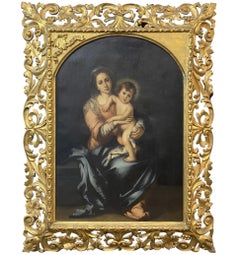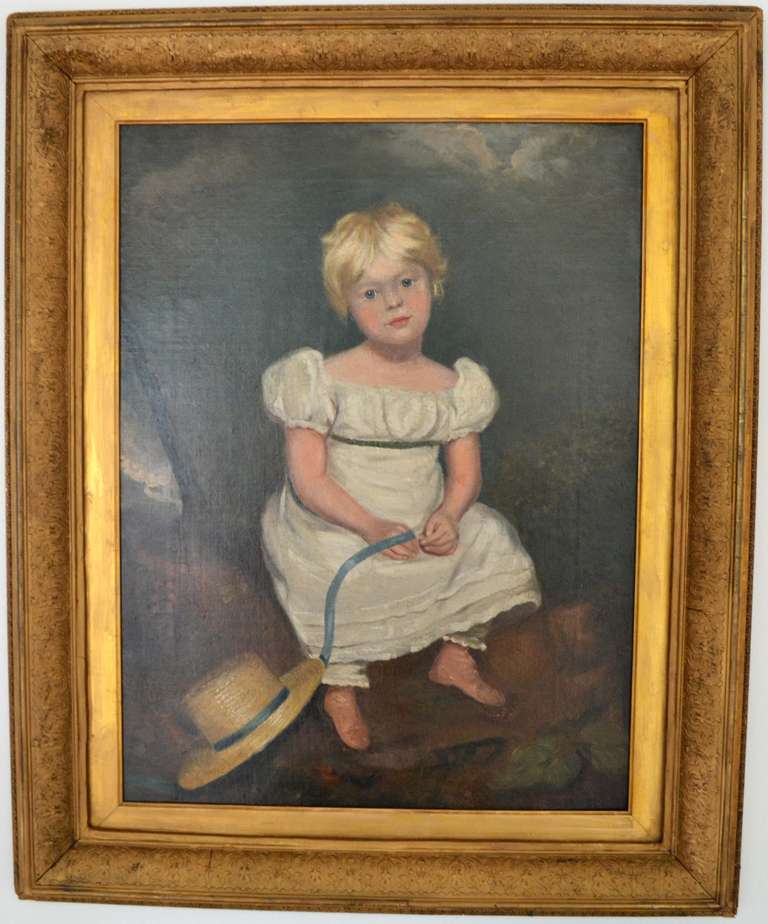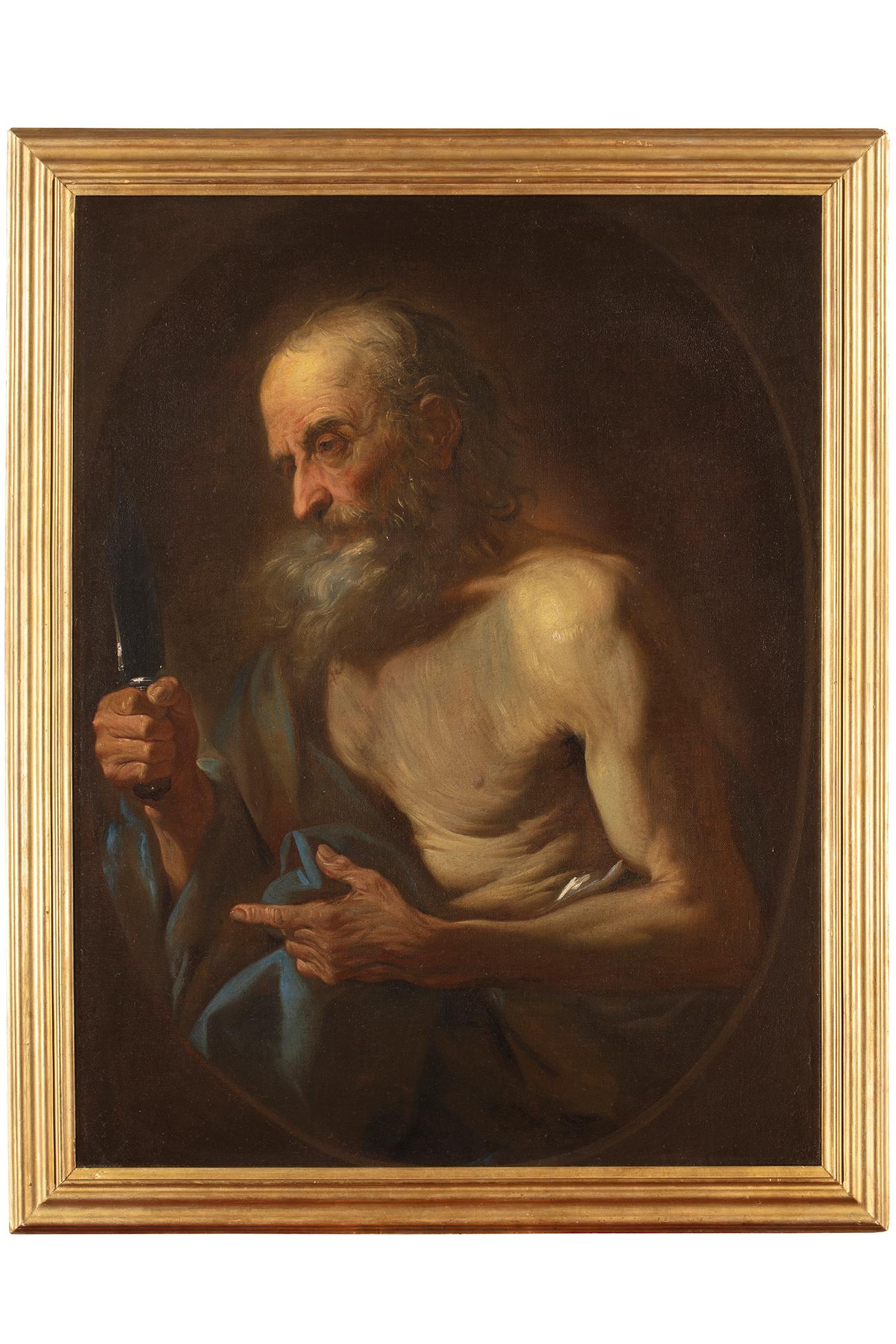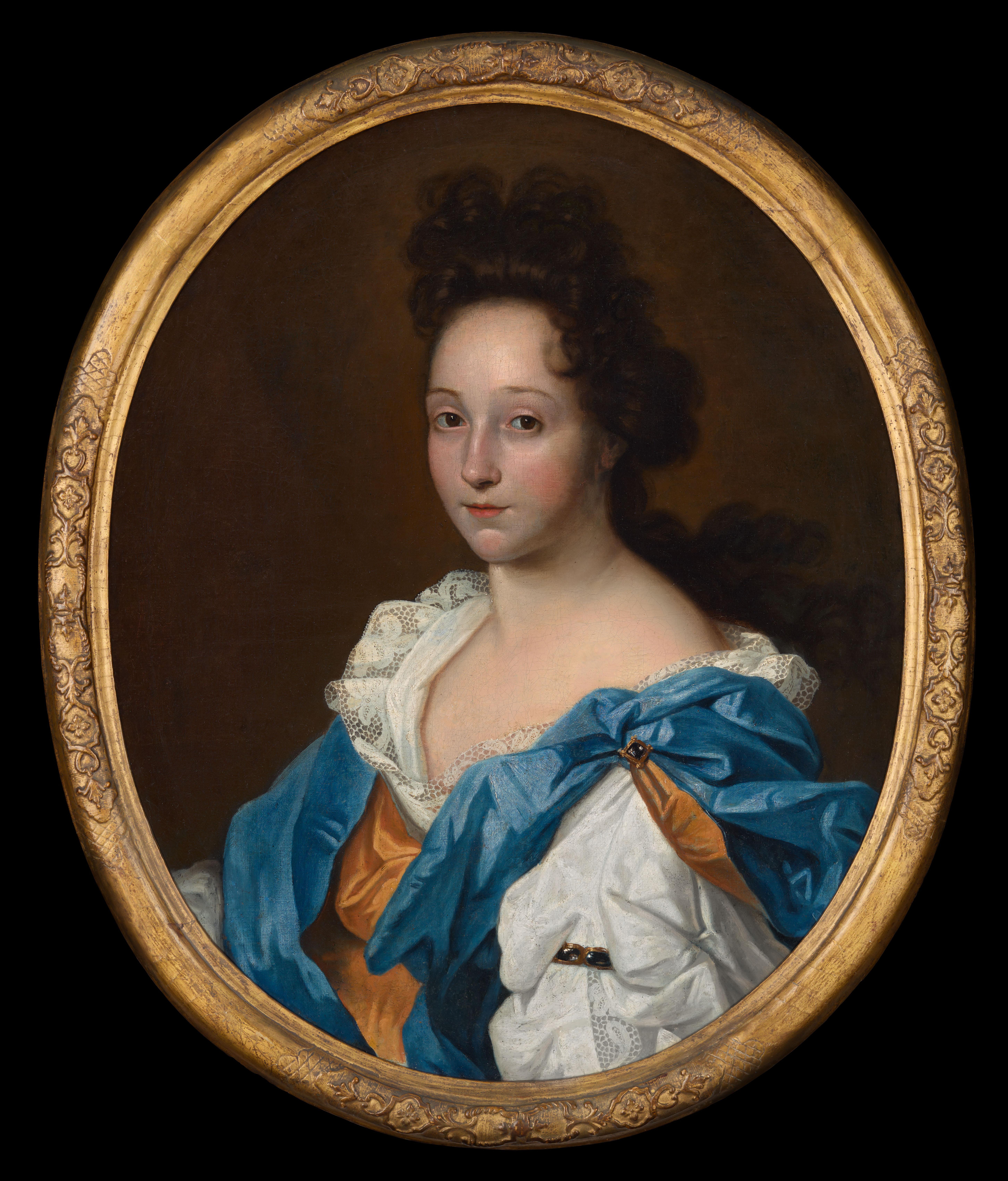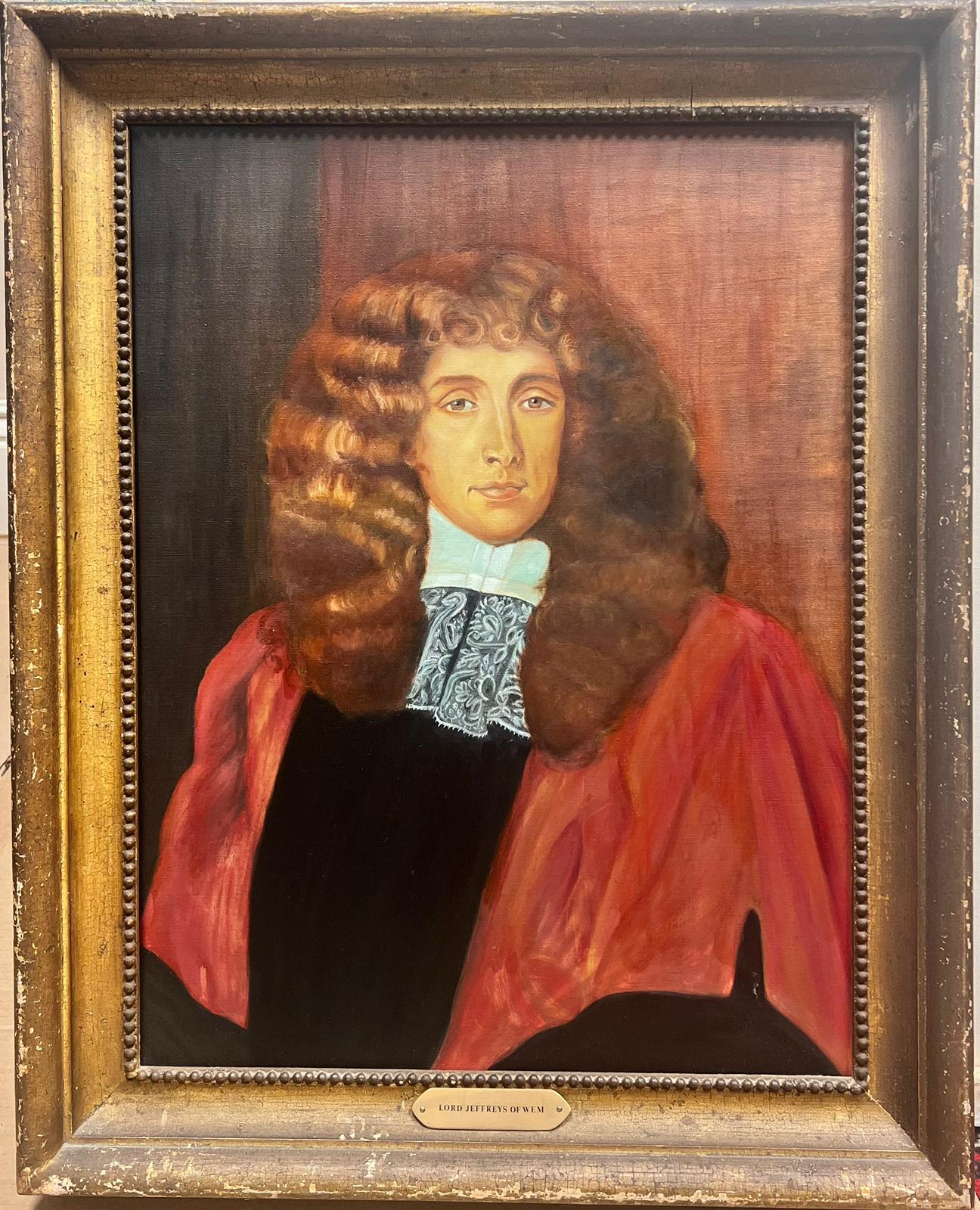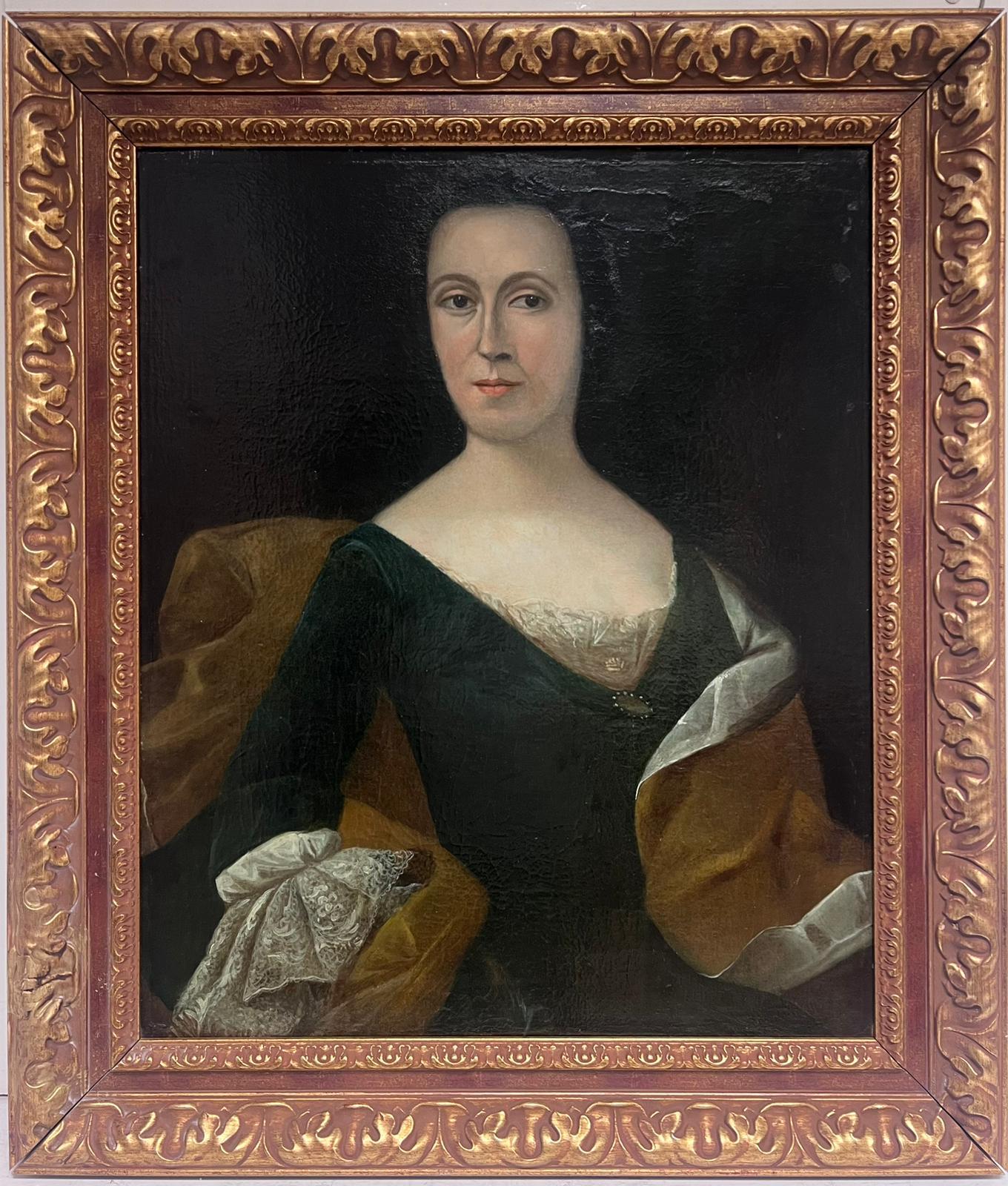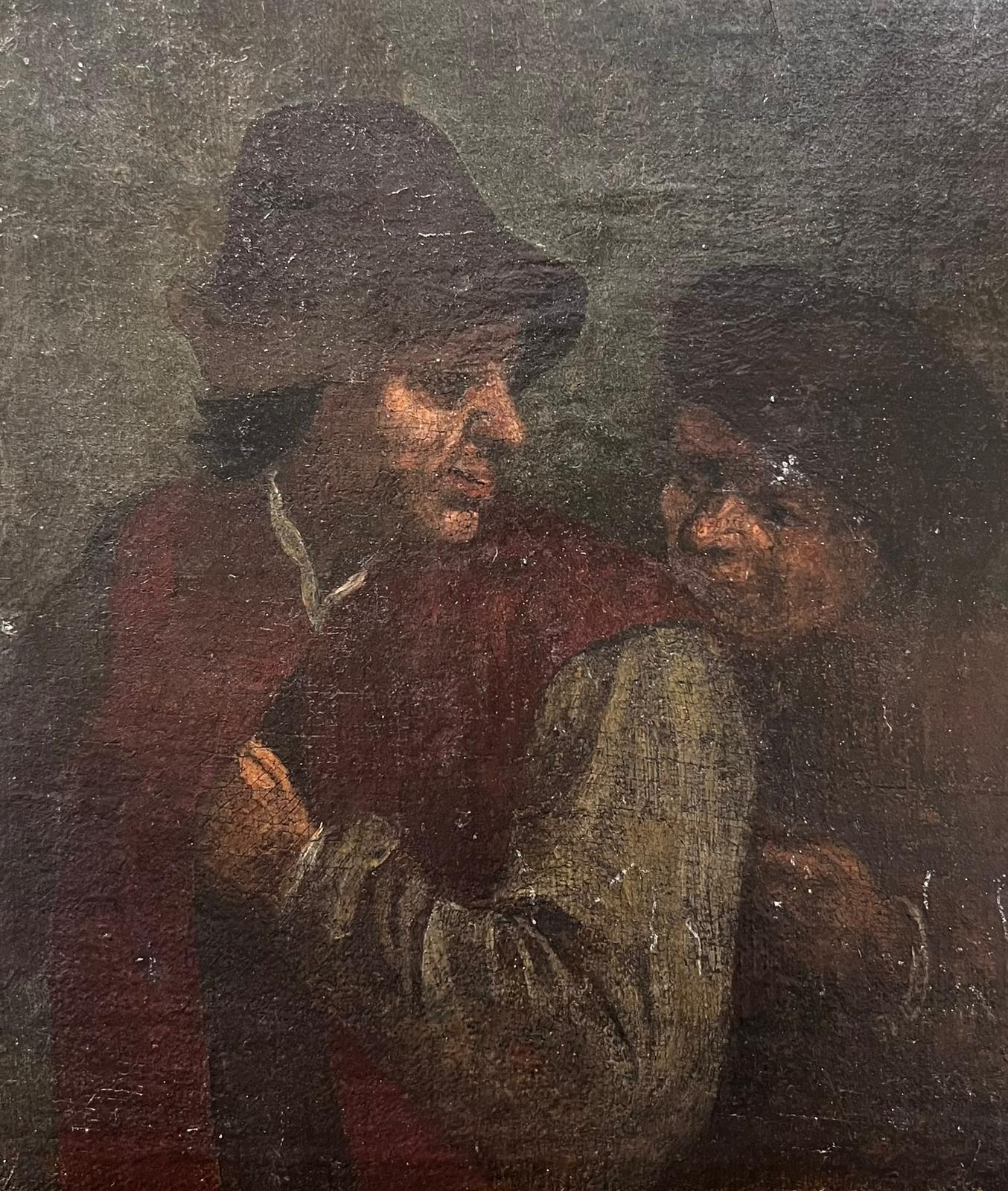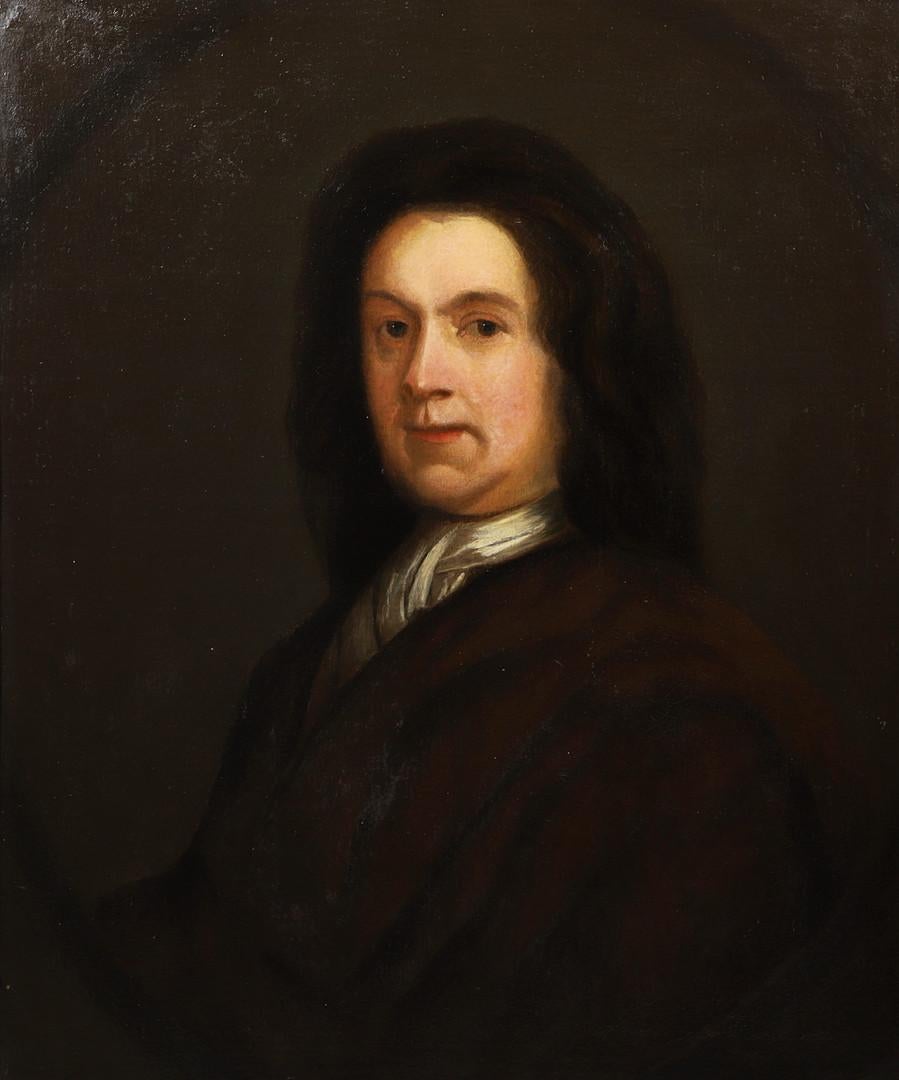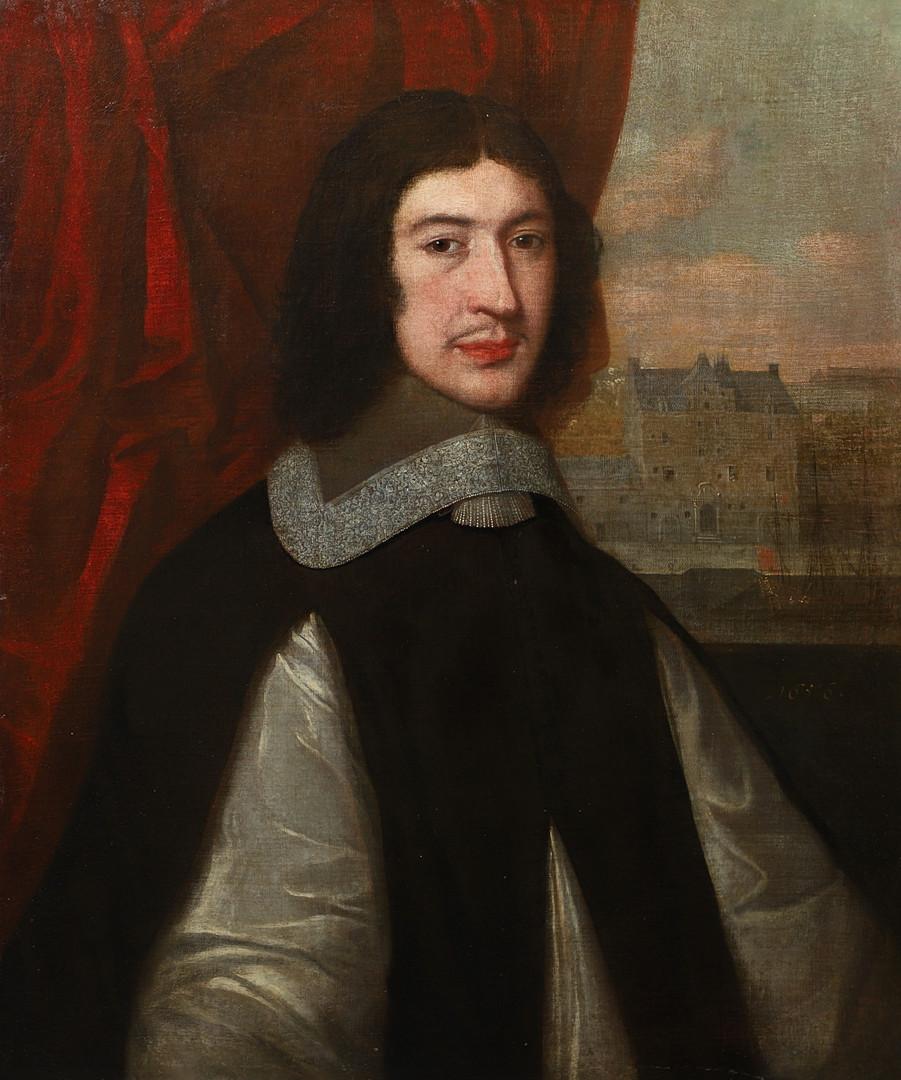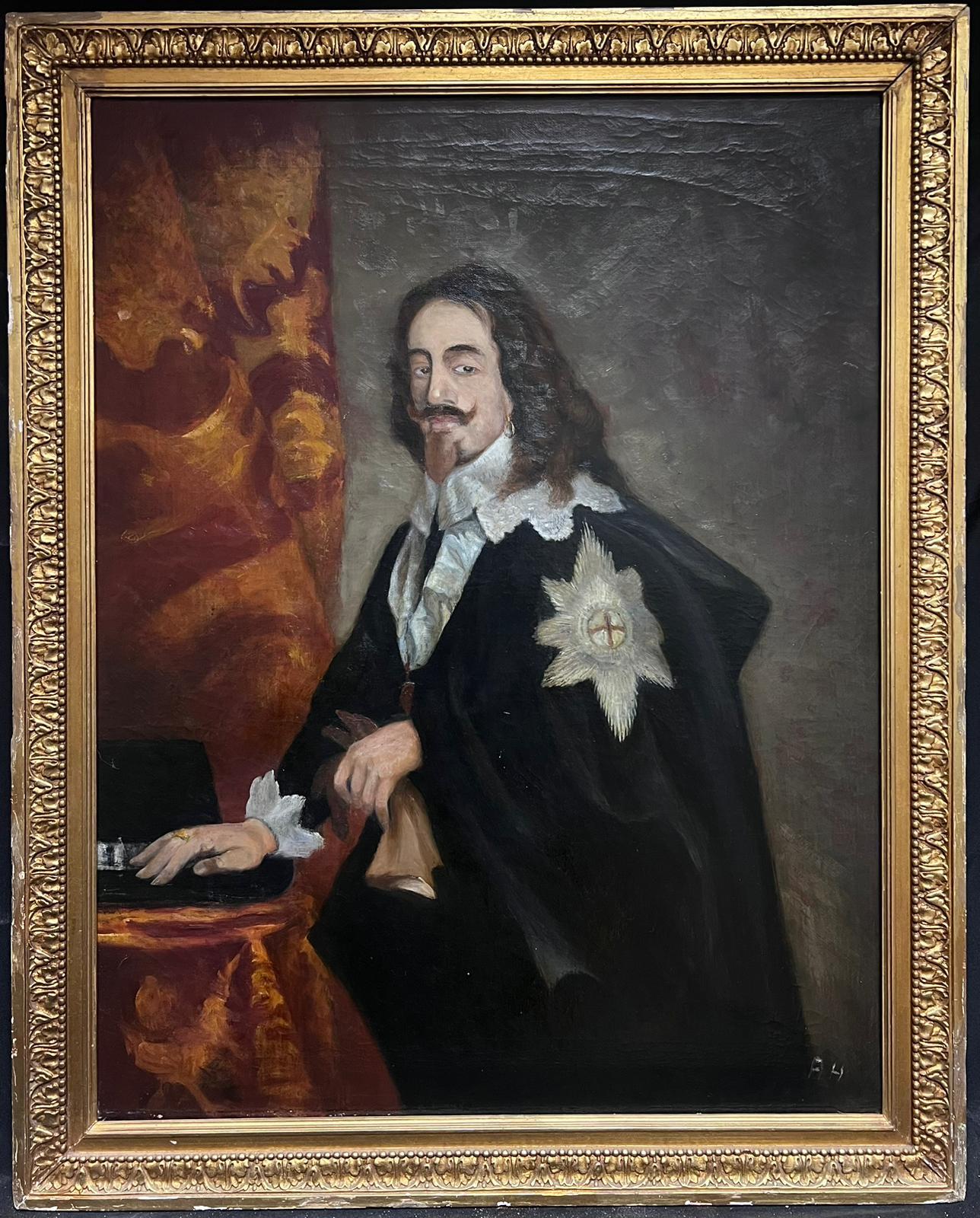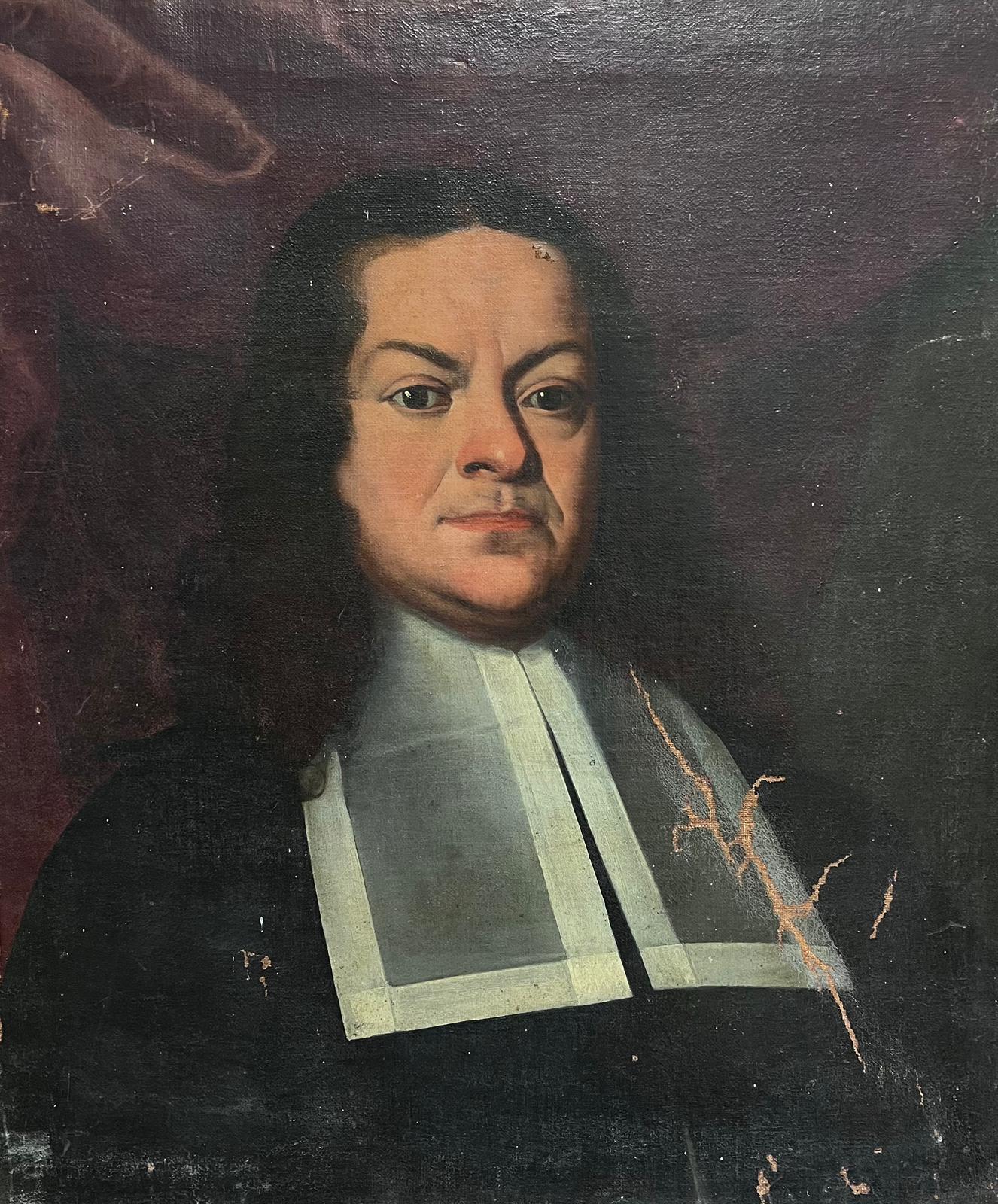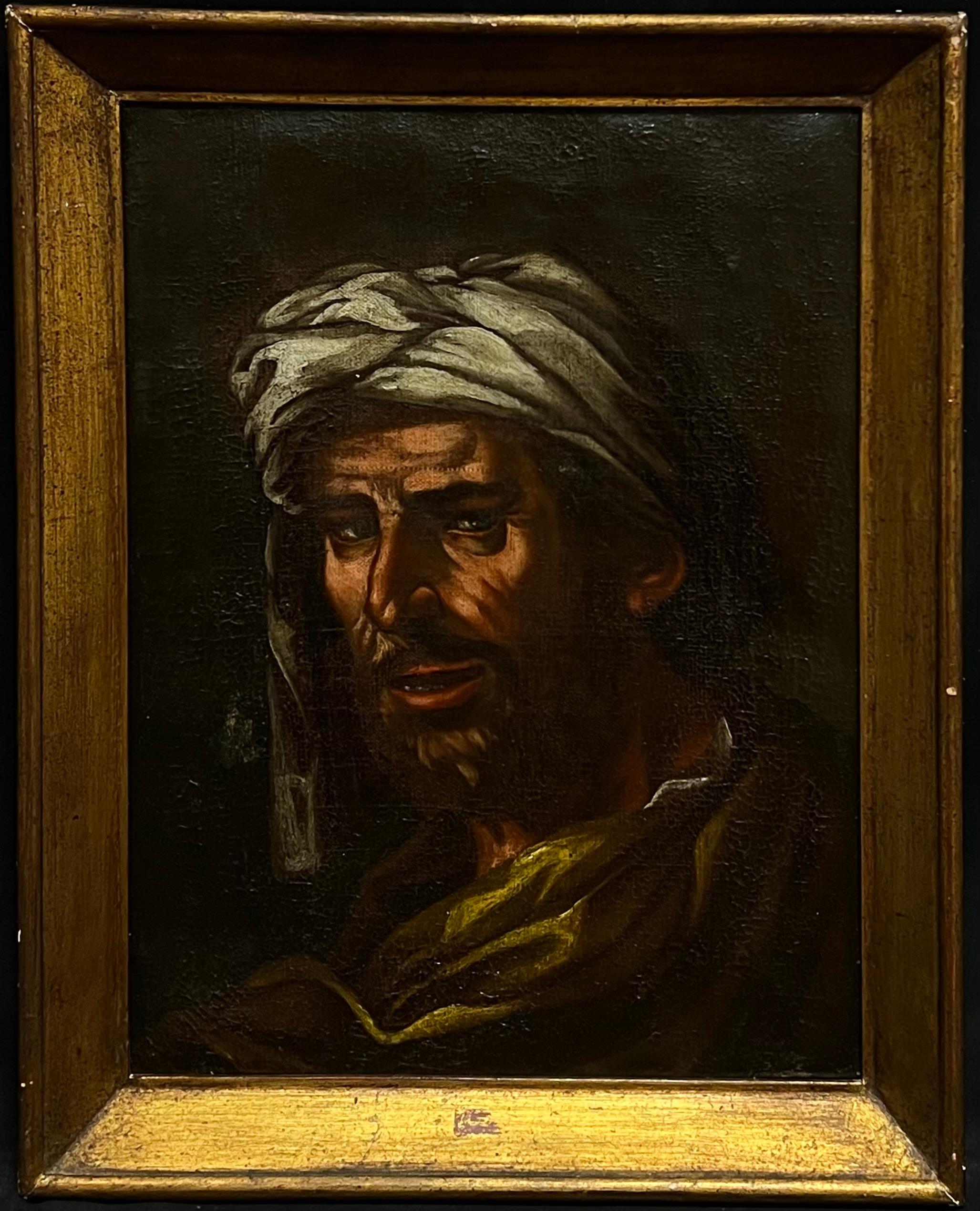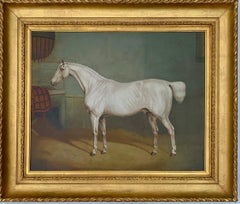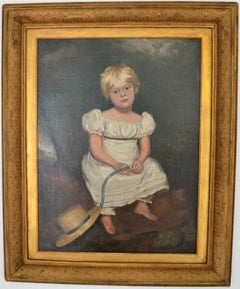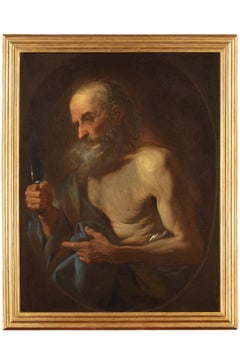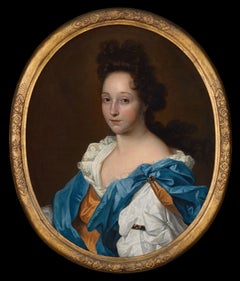Want more images or videos?
Request additional images or videos from the seller
1 of 15
Egisto ManzuoliMadonna & Childcirca 19th century
circa 19th century
Price:$1,600
$1,950List Price
About the Item
- Creator:Egisto Manzuoli (Italian)
- Creation Year:circa 19th century
- Dimensions:Height: 41.25 in (104.78 cm)Width: 32.5 in (82.55 cm)Depth: 1 in (2.54 cm)
- Medium:
- Movement & Style:
- Period:
- Condition:Very good overall condition, with minimal imperfections. Some minor repair cracks on the frame. Please contact us directly for a full condition report before purchasing.
- Gallery Location:Milford, NH
- Reference Number:Seller: 104281stDibs: LU931314893022
About the Seller
5.0
Vetted Professional Seller
Every seller passes strict standards for authenticity and reliability
Established in 1983
1stDibs seller since 2018
105 sales on 1stDibs
Typical response time: 3 hours
Authenticity Guarantee
In the unlikely event there’s an issue with an item’s authenticity, contact us within 1 year for a full refund. DetailsMoney-Back Guarantee
If your item is not as described, is damaged in transit, or does not arrive, contact us within 7 days for a full refund. Details24-Hour Cancellation
You have a 24-hour grace period in which to reconsider your purchase, with no questions asked.Vetted Professional Sellers
Our world-class sellers must adhere to strict standards for service and quality, maintaining the integrity of our listings.Price-Match Guarantee
If you find that a seller listed the same item for a lower price elsewhere, we’ll match it.Trusted Global Delivery
Our best-in-class carrier network provides specialized shipping options worldwide, including custom delivery.More From This Seller
View AllPortrait of Luther French, Jr.
Located in Milford, NH
A fine portrait of a gentleman by American portrait artist Sanford Mason (1806-1834). Mason was born in Providence, RI and was known as a sign painter and portrait artist. The sitter...
Category
1830s Portrait Paintings
Materials
Canvas, Oil
The Alchemist
Located in Milford, NH
A wonderful oil on canvas painting portrait of an alchemist, unsigned, probably Continental in origin, dating to the 19th century, housed in a molded giltwood frame. Notice the atten...
Category
19th Century Portrait Paintings
Materials
Canvas, Oil
Portrait of a Russian Officer
Located in Milford, NH
A finely detailed oil painting on canvas portrait of an unidentified Russian officer, dating to the 18th or 19th century, unsigned, and housed in a spe...
Category
18th Century Portrait Paintings
Materials
Canvas, Oil
European Portrait of a Priest
Located in Milford, NH
A fine European portrait of a priest, oil on canvas, probably dating to the 17th or 18th century, unsigned, with original stretcher, minor surface losses and damage, craquelure, edge...
Category
17th Century Portrait Paintings
Materials
Canvas, Oil
Portrait of Two Children
Located in Milford, NH
A wonderful early 19th century large oil on canvas naive portrait of two children, a boy and a girl, attributed to American artist Arthur Armstrong (1798-1851). Armstrong was born in...
Category
19th Century Folk Art Portrait Paintings
Materials
Canvas, Oil
Two Girls
By Hamilton Hamilton
Located in Milford, NH
A beautiful full portrait of two girls, possibly the artist's daughters, with spring flowers by British American artist Hamilton Hamilton (1847-1928). Hamilton was born in Oxford, En...
Category
Late 19th Century American Impressionist Portrait Paintings
Materials
Canvas, Oil
$19,800
You May Also Like
19th century English portrait of a White/grey hunter in a stable
By Charles Towne
Located in Woodbury, CT
English 19th century portrait of a White / Grey hunter in a stable.
Charles Towne was born in Wigan in 1763. He was trained as a coach painter, and by ...
Category
1820s Old Masters Animal Paintings
Materials
Oil, Canvas
$19,600 Sale Price
20% Off
Free Shipping
Young Girl after Sir Thomas Lawrence, Regency portrait painting
Located in Brecon, Powys
Charming work in the Regency style, mid 19th Century after Sir Thomas Lawrence. High quality painting. Old Christie's Stencil to verso. Would grace any home, suitable for contempor...
Category
Mid-19th Century Old Masters Portrait Paintings
Materials
Canvas, Oil
17th Century by Giovanni Battista Beinaschi Saint Bartholomew Oil on Canvas
By Giovanni Battista Beinaschi
Located in Milano, Lombardia
Giovanni Battista Beinaschi (Fossano, Italy, 1636 - Naples, Italy, 1688)
Title: Saint Bartholomew
Medium: Oil on canvas
Dimensions: without frame 9...
Category
Mid-17th Century Old Masters Portrait Paintings
Materials
Oil, Canvas
Portrait of a Lady in White Chemise, Russet & Blue Drapery c.1695, Oil Painting
By Harman Verelst
Located in London, GB
This lavish portrait, painted circa 1695, is an exquisite example of the type of portrait in vogue during the last quarter of the seventeenth century. It is evident that the artist ...
Category
17th Century Old Masters Portrait Paintings
Materials
Canvas, Oil
Fine British Aristocratic Portrait of a Nobleman Lord Jeffreys of Wem
Located in Cirencester, Gloucestershire
Portrait of Lord Jeffreys of Wem
British School, 20th century (presumably after an earlier work)
oil painting on canvas, framed
framed: 30.5 x 24.5 inches
canvas: 26 x 20 inches
prov...
Category
20th Century Old Masters Portrait Paintings
Materials
Oil, Canvas
Large 18th Century European Oil Painting Portrait of Noble Lady Lace Collars
Located in Cirencester, Gloucestershire
Portrait of a Noble Lady
European School, 18th century
oil on canvas, framed
framed: 37.5 inches
canvas: 30 x 24.5 inches
provenance: private collection, France
condition: very good ...
Category
18th Century Old Masters Portrait Paintings
Materials
Oil, Canvas
